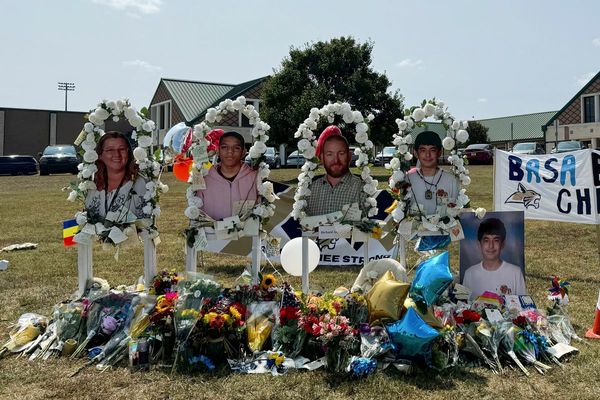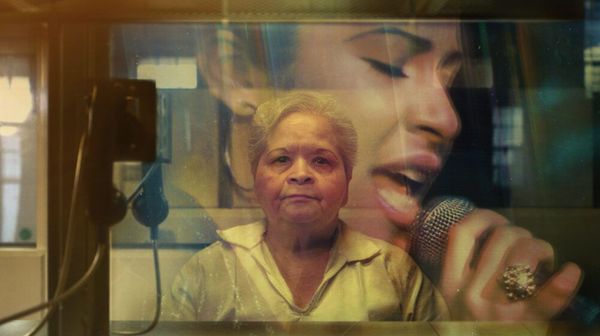
Australia's housing crisis has reached the point where essential workers "are faced with a dire picture" when looking for a home to rent, and moving to the regions is no longer a ticket to a more affordable lifestyle.
Anglicare Australia's latest Rental Affordability Snapshot released on Wednesday has found there's few places anywhere in Australia where key workers can live without breaking the bank.
Nurses can afford just 1.4 per cent of properties, ambulance workers 2.2 per cent, while fewer than one per cent of early childhood educators and construction workers are able to find homes to rent.

A person on the minimum wage full time can afford 0.6 per cent of available rentals, while firefighters and teachers can afford less than four per cent, including rooms in share houses and bedsits.
The analysis compared the full-time award wages of 16 key occupations after tax with the price of 45,000 rental properties on realestate.com.au on a weekend in March.
Homes were deemed unaffordable if a single person would have to spend more than 30 per cent of their take home pay on housing.
Affordability was low across all states and territories but even workers in the areas with greatest availability like far west NSW or outback Queensland had higher living costs, fewer job opportunities and faced larger commuter distances.

"Australia's rental crisis is not contained to the urban core of major capital cities," the report said.
"The rental crisis is in every community."
Fewer rentals were advertised during March than in previous years, which was in line with a drop in the national vacancy rate to just over one per cent.
"No matter how you look at it, these essential workers are faced with a dire picture when looking for an affordable rental," the report said.
"Without taking action to address the shortage of affordable housing, these workers will continue to struggle and labour shortages will get worse."

Approximately 176,000 new dwellings were completed nationally in the year to June 2024, Corelogic data released on Wednesday revealed.
That's 26.6 per cent below new building targets set by the federal government that kicked in from July 2024.
It coincided with construction costs growing by one per cent in the three months to September and an 18 per cent drop in monthly dwelling approvals compared to the decade average.

"While 250,000 homes remain within the construction pipeline nationally, the sluggish flow of new dwelling approvals suggests a shortfall of projects once the backlog is worked through," CoreLogic economist Kaytlin Ezzy said.
It came as Housing Industry Association economist Maurice Tapang tipped the market for new home sales had already reached its trough.
September data showed sales were 8.6 per cent higher than 12 months ago and were stable compared to the month before, which he said and coincided with consumer confidence trickling back into the economy.
"Strong population growth, low unemployment, real wages growth and the prospect of no further increases to interest rates will drive new home building activity out of the downward cycle," Mr Tapang said.







